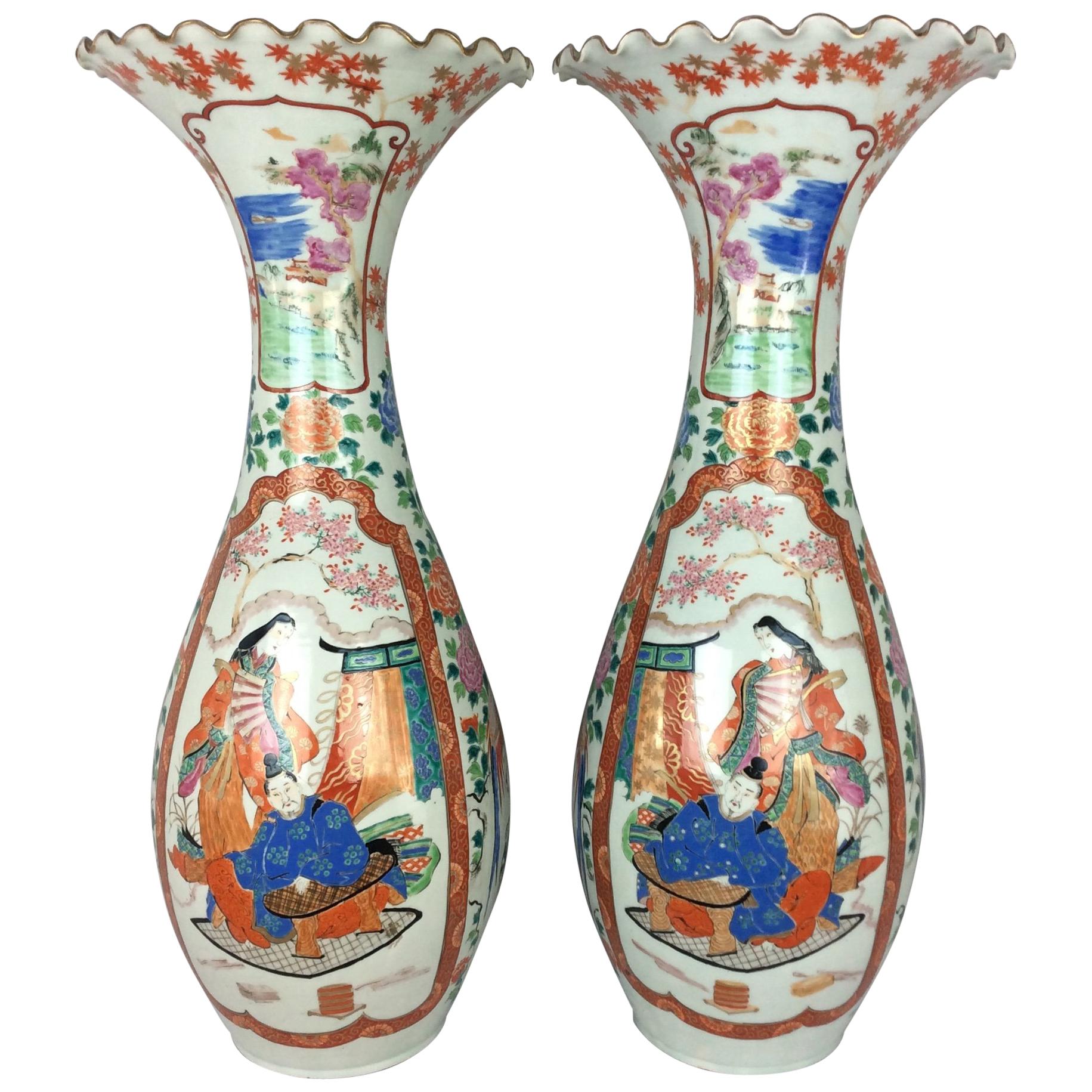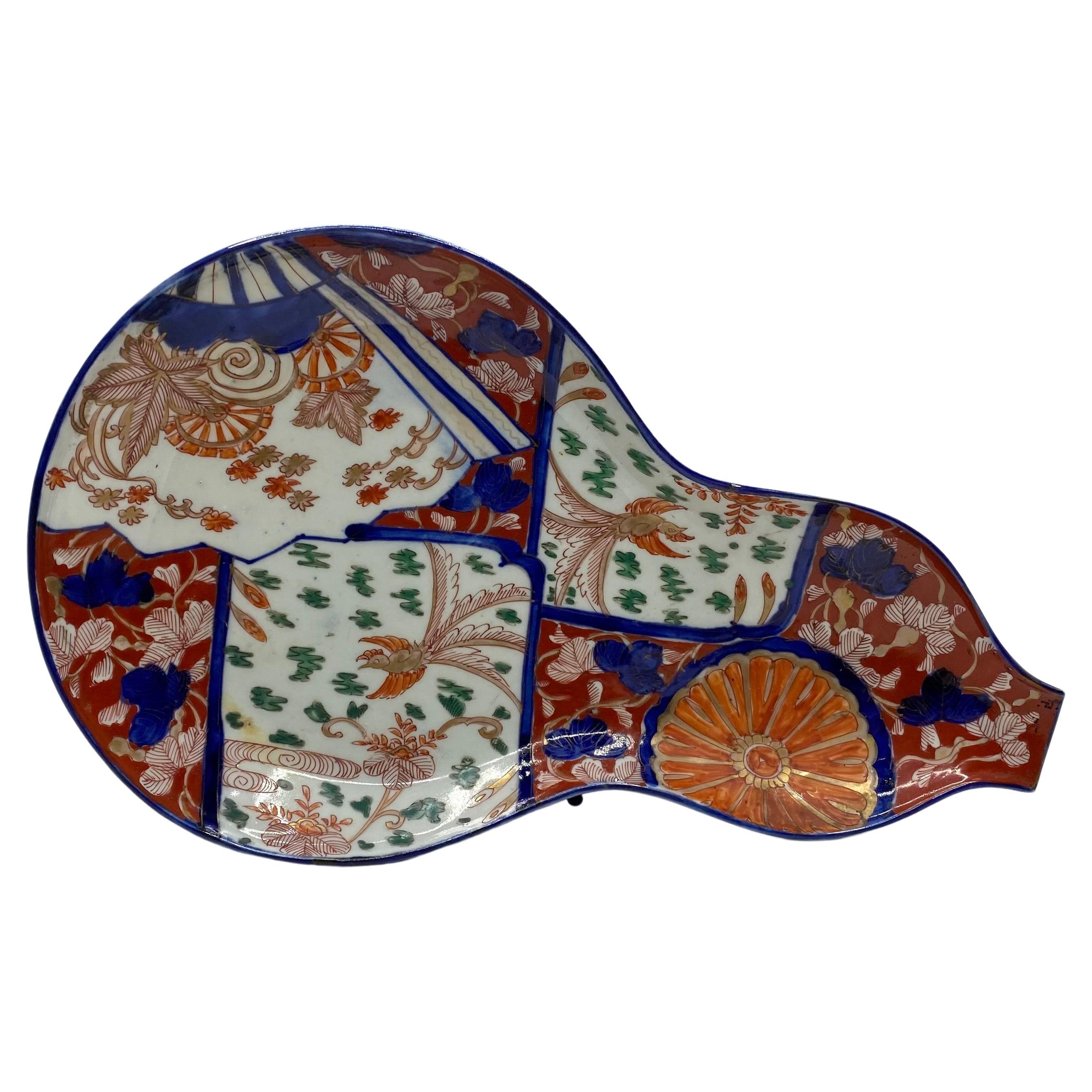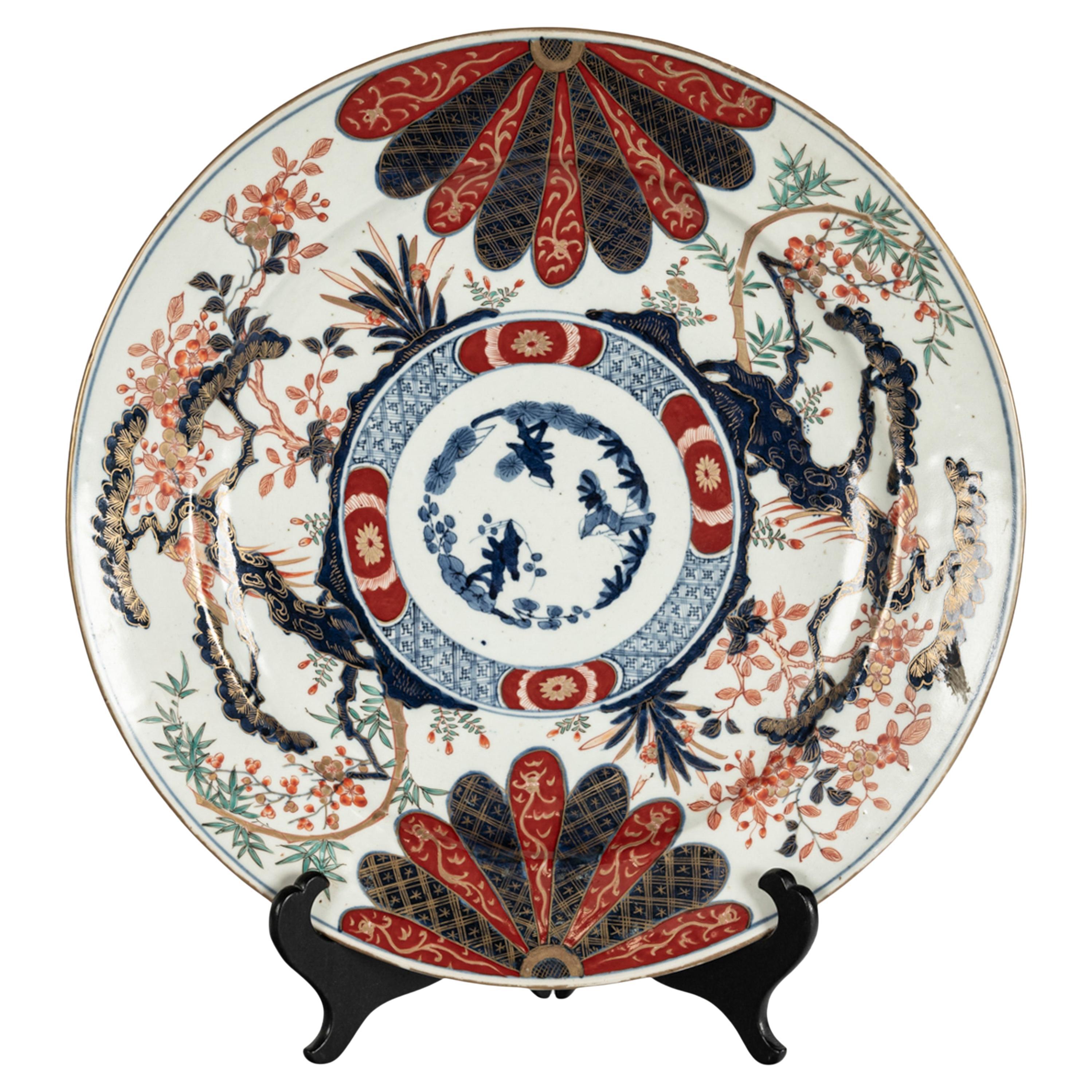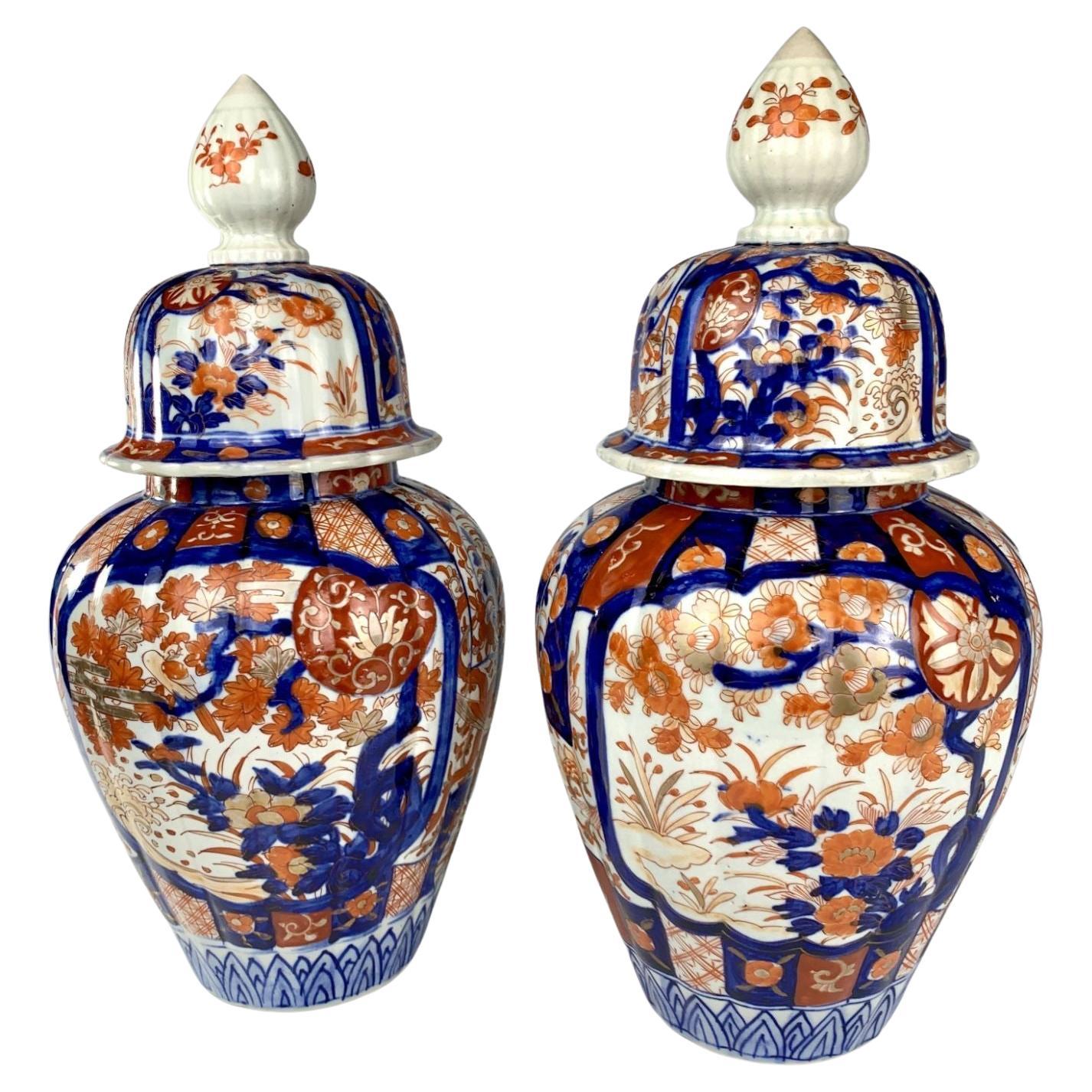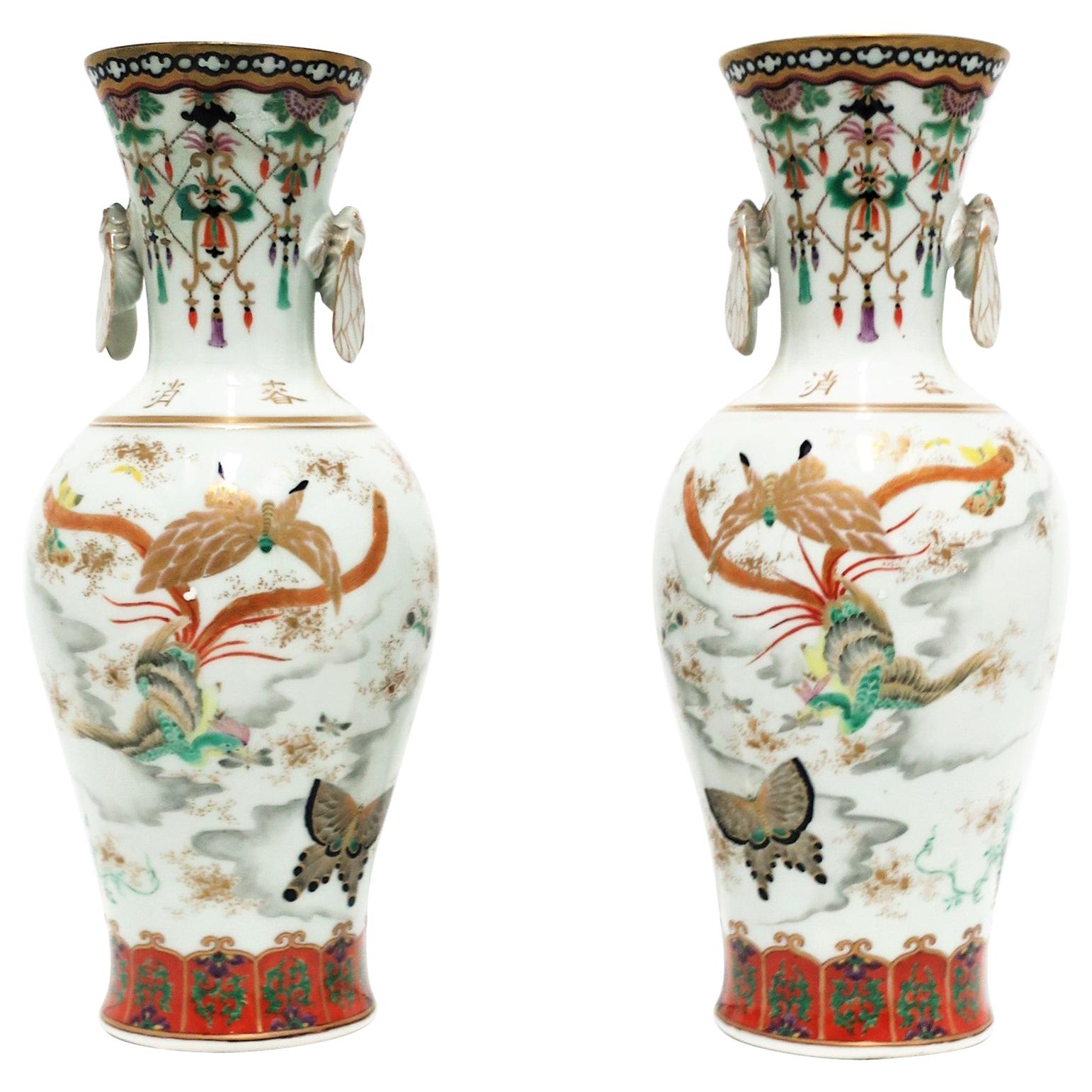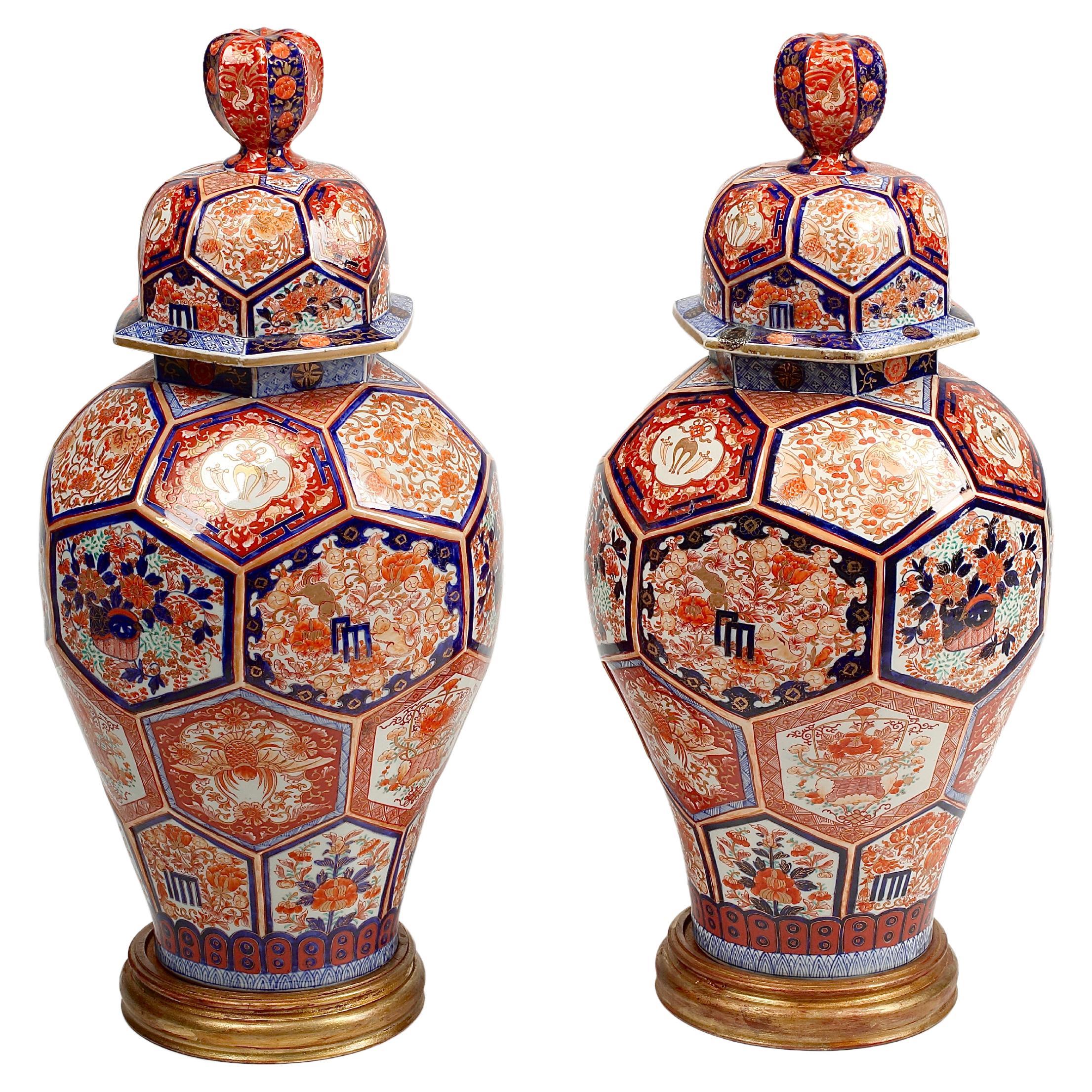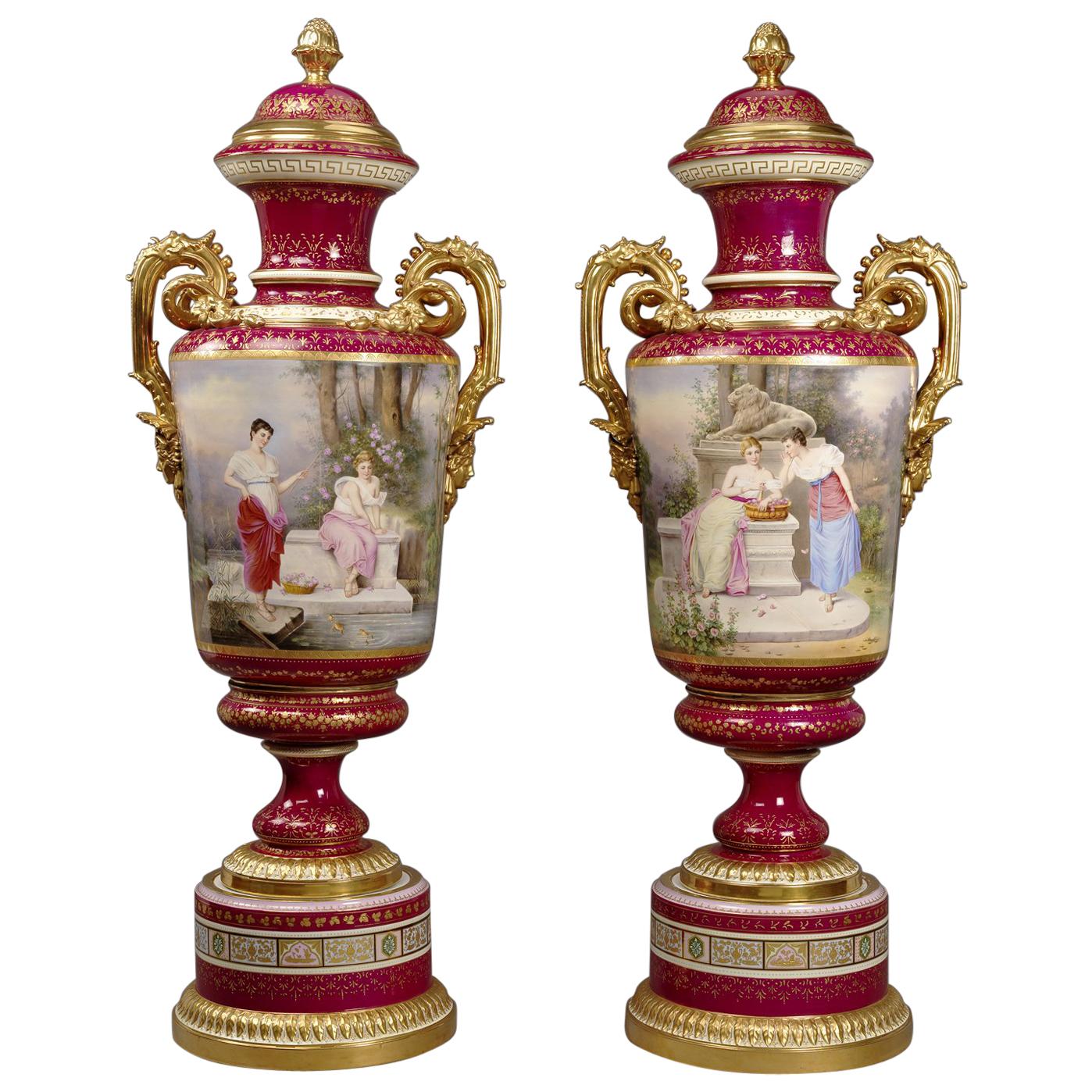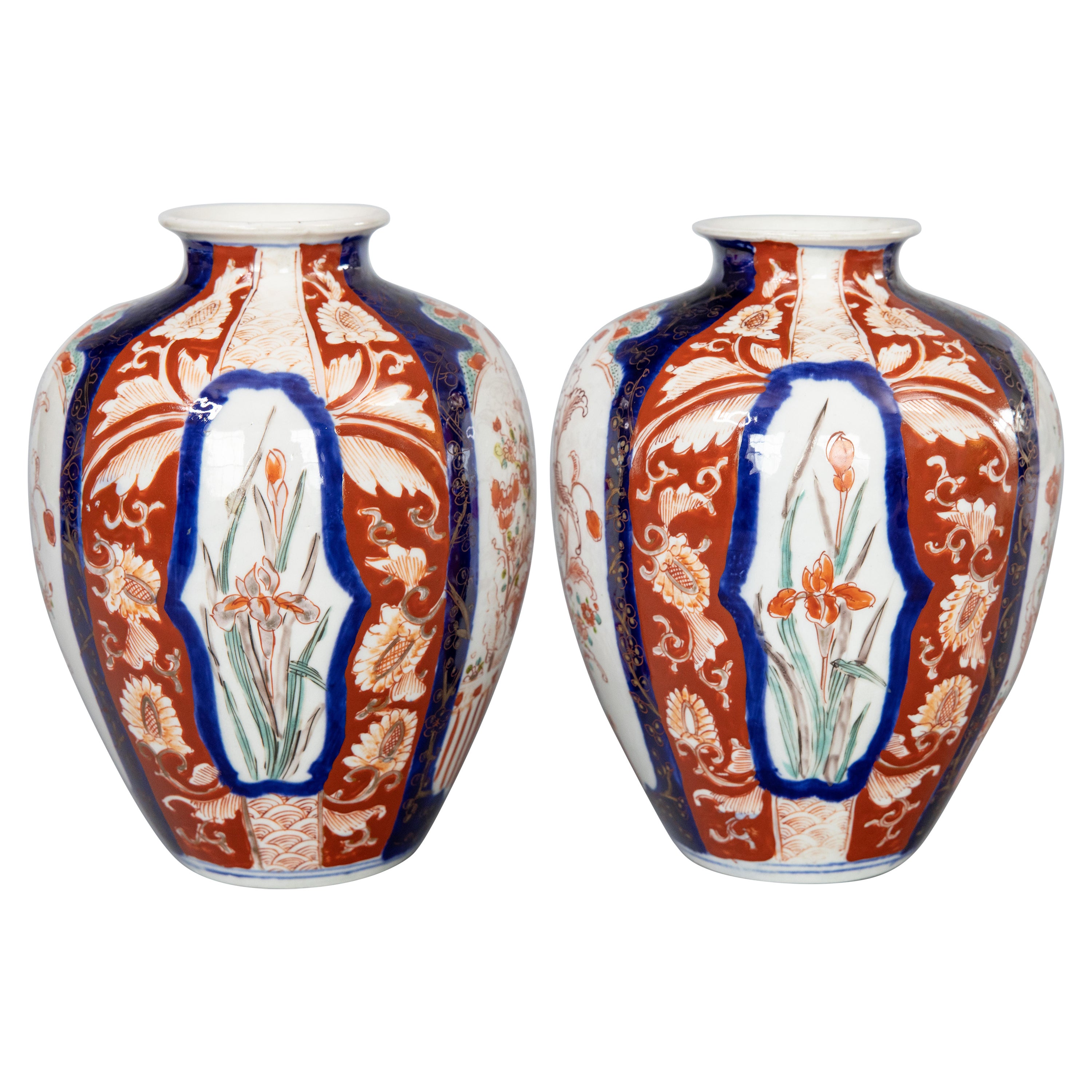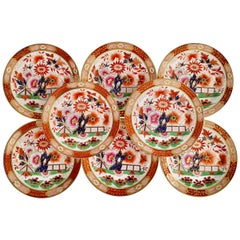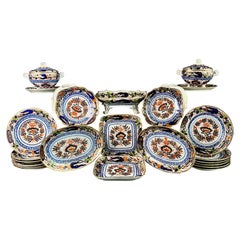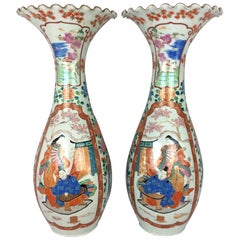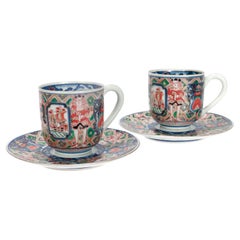
Set of 3 Imari Porcelain Plates, Pomegranate Pattern Late Meiji, circa 1900
View Similar Items
Want more images or videos?
Request additional images or videos from the seller
1 of 13
Set of 3 Imari Porcelain Plates, Pomegranate Pattern Late Meiji, circa 1900
About the Item
- Dimensions:Height: 1.5 in (3.81 cm)Diameter: 7.25 in (18.42 cm)
- Sold As:Set of 3
- Style:Meiji (Of the Period)
- Materials and Techniques:
- Place of Origin:
- Period:
- Date of Manufacture:circa 1900
- Condition:Wear consistent with age and use. Perfect antique condition.
- Seller Location:London, GB
- Reference Number:Seller: CP06-491stDibs: LU4805116297791
About the Seller
5.0
Gold Seller
These expertly vetted sellers are highly rated and consistently exceed customer expectations.
Established in 2016
1stDibs seller since 2019
210 sales on 1stDibs
Typical response time: 1 hour
More From This SellerView All
- Set of 8 Barr Flight & Barr Porcelain Plates, Imari Fence, Regency, 1811-1813By Barr, Flight & Barr WorcesterLocated in London, GBThis is a spectacular set of eight plates made by Barr Flight & Barr between 1811 and 1813. They are made in one of the many versions of the "Imari Fence" or "Japan" pattern. Barr...Category
Antique 1810s English Regency Dinner Plates
MaterialsPorcelain
$5,950 / setFree Shipping - Coalport John Rose Porcelain Dessert Service, Imari Pattern, ca 1805By John Rose, Coalport PorcelainLocated in London, GBThis is a rather stunning 25-piece dessert service made by John Rose at Coalport around the year 1805. It consists a centre piece on four feet, two oval dishes, two shell dishes, two...Category
Antique Early 1800s English George III Dinner Plates
MaterialsPorcelain
- Staffordshire Porcelain Campana Vase, Salmon, Gilt and Flowers, circa 1820By StaffordshireLocated in London, GBOn offer is a very fine small porcelain campana vase made circa year 1820 by an unknown Staffordshire potter. The vase has a beautiful delicate salmon colored ground, rich gilding an...Category
Antique 1820s English Regency Vases
MaterialsPorcelain
- Three Staffordshire Porcelain Spill Vases Floral Cobalt Blue, Regency circa 1820By StaffordshireLocated in London, GBThis is a set of three little spill vases made by an unknown Staffordshire maker in circa 1820, which was the Regency era. Two of the vases are cobalt blue, one is salmon, and all three have beautiful gilding and hand painted flowers. Spill vases were used for match sticks to kindle the fire. Match sticks in 1820 weren't what they are today: they were short hand-cut sticks of wood and came in bundles. Everyone had a "spill vase" on the mantle piece or on a little side table next to the fire, so that the fire could be kindled at any moment. In the early 19th century there were at some point 300 potteries in Staffordshire, and artists would move from pottery to pottery, attracted by competitive wages. Unless items are clearly marked, it is often difficult to identify them and I have not been able to clearly identify these three spill vases as everyone made them. The two cobalt blue vases are clearly from the same maker; the salmon colored one is slightly shorter and different in shape, but basically the same. All have nicely shaped rims and three charming lion's claws as feet. There is beautiful gilding and stunning hand painted flowers in the reserves. Condition report: All vases have some wear; one of the cobalt blue vases had a foot broken and restuck (this is stable and not very visible when in position) and the salmon vase...Category
Antique 1820s English Regency Vases
MaterialsPorcelain
$975 / setFree Shipping - Spode Porcelain Teacup Trio, Red Imari Dollar Pattern, Regency, ca 1810By SpodeLocated in London, GBThis is a beautiful orphaned teacup made by Spode in about 1810. It bears a beautiful Japanese-inspired Imari pattern. Spode was the great pioneer among the Georgian potters in England. Around the year 1800 he perfected the bone china recipe that has been used by British potters ever since, and he was also the leading potter behind the technique of transferware, making it possible for English potters to replace the Chinese export china, which had come to an end around that time, with their own designs. This was fundamental to a thriving industry that would last for about 150 years and provide half the world with their tableware. Spode porcelain is regarded as one of the highest quality porcelains around; for a soft-paste porcelain it is surprisingly hard and fine, and has a wonderful bright white colour. The pattern on this can is called "Dollar" pattern, a very famous pattern that was used by English potters in the 18th and early 19th Century. It is obvious why it is called “dollar” - but its origin is less obvious! It is thought that this pattern was derived from a very old Chinese pattern depicting a tree with elaborate foliage that hides a Chinese character representing longevity or happiness. Traditionally, this went with a an image called “Taotie”, which was used on very ancient bronze vases...Category
Antique Early 1800s English Regency Porcelain
MaterialsPorcelain
$420 Sale Price / set20% OffFree Shipping - Spode Porcelain Teacup, Imari Tobacco Leaf Pattern 967, Regency ca 1810By SpodeLocated in London, GBThis is a beautiful teacup and saucer made by Spode in about 1810. The set is decorated with the famous Imari Tobacco Leaf pattern 967, which was first introduced by Spode in 1806. ...Category
Antique 1810s English Regency Porcelain
MaterialsPorcelain
You May Also Like
- Large Pair of Japanese Imari Porcelain Floriform Trumpet Floor Vases, circa 1900Located in Miami, FLPair of antique Japanese floriform trumpet floor vases in Imari porcelain, Meiji Period, circa 1900. These beautiful Japanese floriform trumpet floor vases are adorned in polychrome ...Category
Antique Early 1900s Japanese Meiji Vases
MaterialsPorcelain
$3,700 Sale Price / set35% Off - Imari porcelain gourd shape, Arita, Japan, Meiji Period.By Imari PorcelainLocated in Gargrave, North YorkshireImari porcelain gourd shaped dish, Arita, Japan, c. 1890, Meiji Period. The unusual gourd shaped dish, hand painted in typical Imari colours, with panels of birds flying amongst plan...Category
Antique 1880s Japanese Meiji Porcelain
MaterialsPorcelain
- Pair of Antique Japanese Meiji 'Black Ship' Imari Porcelain Cups & SaucersBy Imari PorcelainLocated in Philadelphia, PAA fine pair of antique Japanese Imari porcelains demitasse coffee or tea cups & saucers. In the 'Black Ship' pattern. Decorated throughout with painted depictions of Western sailor...Category
Early 20th Century Porcelain
MaterialsPorcelain
- Monumental Antique Japanese Meiji Period Imari Porcelain Charger Plate 1880Located in Portland, ORA fine & monumetal Japanese Meiji period Porcelain charger/plate, circa 1890. The charger is very finely decorated with underglaze blue, red iron oxide glazes and heightened with gil...Category
Antique 1880s Japanese Meiji Porcelain
MaterialsPorcelain
- Copeland Imari Pattern Porcelain Twin Handled Vase and CoverBy CopelandLocated in Bishop's Stortford, HertfordshireA stunning antique porcelain urn shaped twin handled vase and cover decorated in an Imari pattern by Copeland, England and dating from the early 20th...Category
Early 20th Century Japonisme Vases
MaterialsPorcelain
- Pair Imari Jars Made in the Meiji Period, Japan Circa 1880Located in Katonah, NYHand-painted in Imari designs, both jars show beautiful waterside scenes in cobalt blue, gilt, and two tones of iron red. The colors are exquisite and intense. We see water lilies, lotus, peonies, and bellflowers. One jar shows a shoreline the other a cresting wave. Above the main scene on each jar is a medallion with gilded floral decoration. Around the shoulder and the base of each jar is a ring of decoration inspired by Japanese textiles. The hand-painted panels on the reverse echo the panels on the front of the jars but with many subtle changes (see image #8). On the side of each jar, we see a traditional Imari image of a vase on the garden terrace. The pair were made in Japan in the Meiji Period, circa 1880. Dimensions: 15" tall x 7" diameter at the widest point. Condition: Excellent. Price: $3,460 Background of Late Imari Porcelain: Imari porcelains were first exported from Japan to Europe in the 17th century. In the third quarter of the 19th-century, Imari porcelain found an eager export market in Europe as the style was compatible with the colors and designs of the oriental rugs used...Category
Antique Late 19th Century Japanese Jars
MaterialsPorcelain
Recently Viewed
View AllMore Ways To Browse
Large Imari Plate
Antique Japanese Imari Porcelain Plate
Vintage Imari
Vintage Imari Porcelain
Antique Chinese Imari Plate
Chinese Prunus Vase
Antique Japanese Wood Vase
Japanes Square Vase
Antique Japanese Painted Panel Wood
Orange And Blue Chinese Plates
Imari Antique Vase Early
Antique Orange Chinese Vases
Chinese Happiness Vase
Small Artichoke
Meiji Porcelain Plate
Vintage Decorative Chinese Decorative Plates
Japanese Square Plate
Vintage Antique Imari
